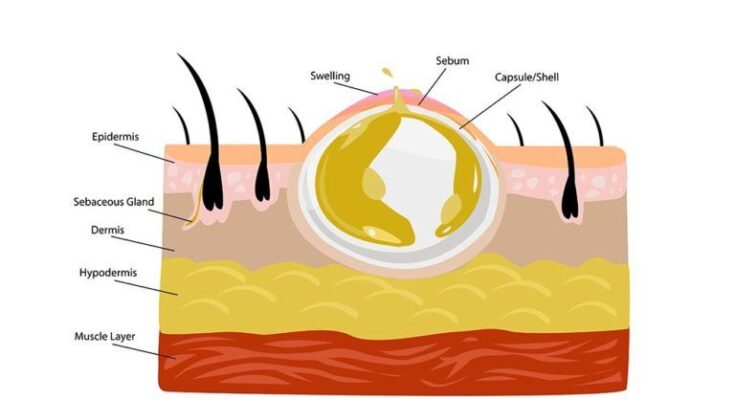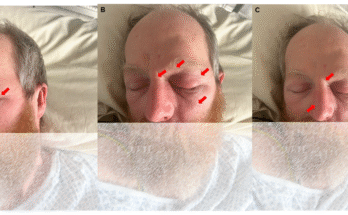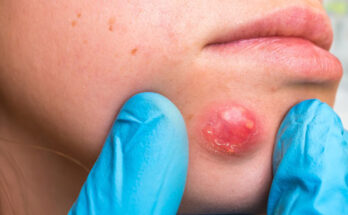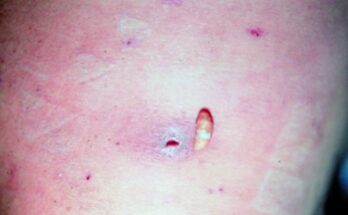Skin infections can sometimes become more serious than they appear at first. When bacteria enter the skin through tiny cuts, clogged pores, or hair follicles, they can cause redness, swelling, and pain. As the infection spreads, the body reacts by sending white blood cells to fight it, which creates pus. This pus collects in a pocket under the skin, forming what is known as an abscess. These can grow larger over time, becoming firm, warm, and tender to the touch.
One common cause is Staphylococcus aureus, a bacteria that can live harmlessly on the skin but cause trouble when it gets inside the body. Poor hygiene, weakened immunity, or skin irritation can increase the risk. Sometimes, infections can develop around hair follicles, known as folliculitis, which may progress into deeper, more painful boils.
If left untreated, these infections can spread to nearby tissues or even enter the bloodstream, which can be dangerous. That’s why it’s important to get proper medical care early. Doctors may prescribe antibiotics to fight the infection or make a small incision to drain the pus, which helps the healing process.
At home, keeping the area clean, applying warm compresses, and avoiding squeezing or scratching can prevent the infection from getting worse. Good skin care habits, such as regular washing and avoiding sharing personal items, can also reduce the chances of future infections.
While most skin infections heal well with proper treatment, ignoring them can lead to complications. Paying attention to early signs—like redness, swelling, warmth, and pain—can make a big difference in preventing the condition from becoming more severe.



